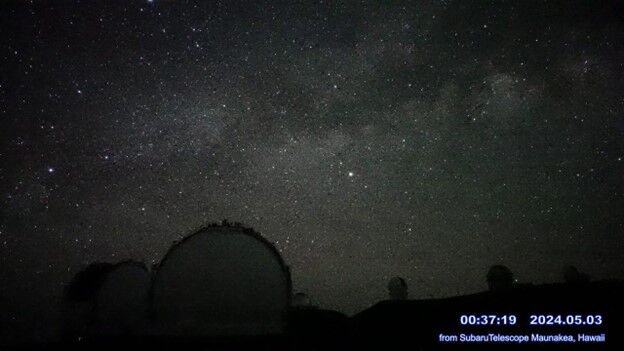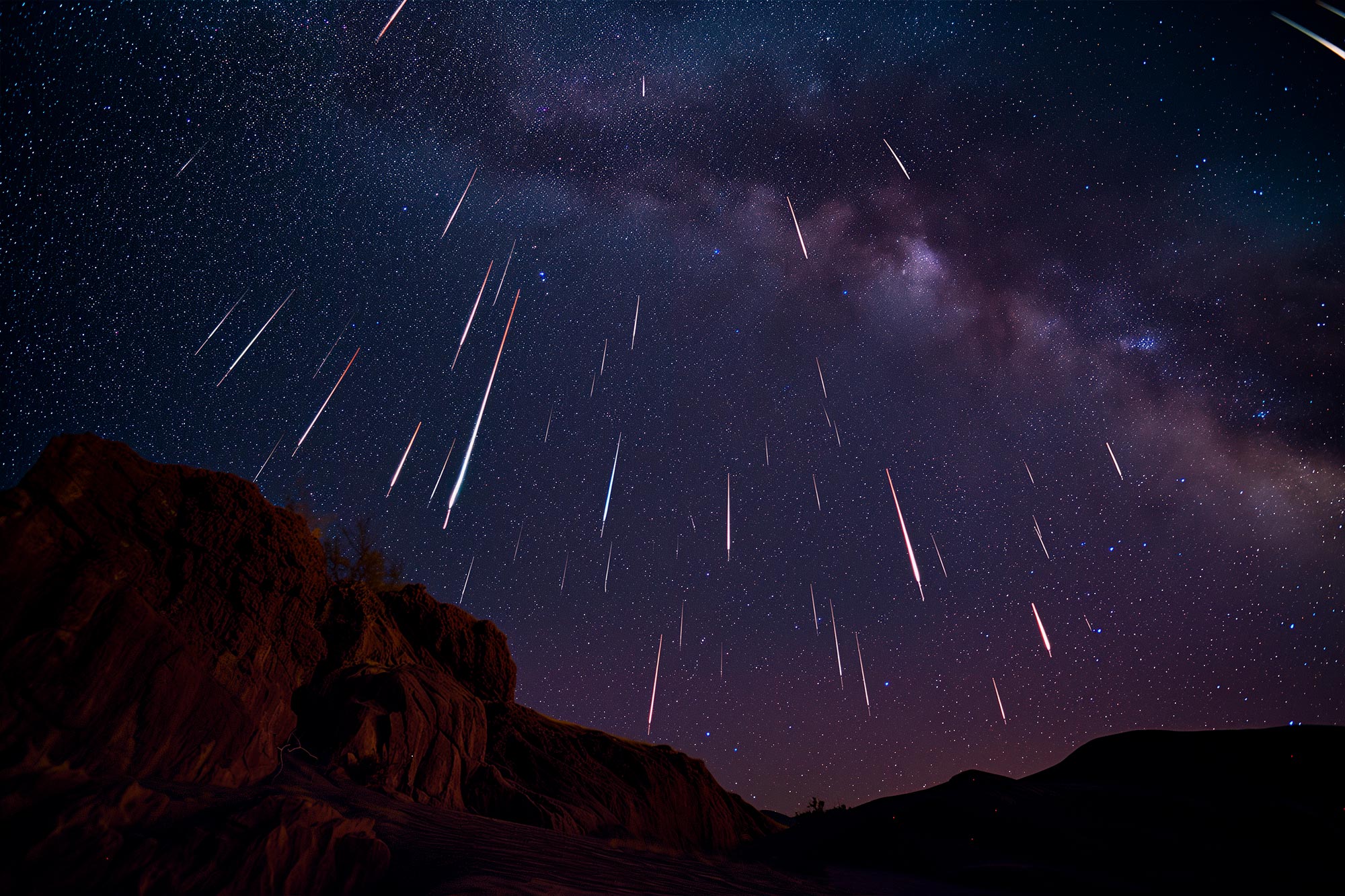
The Eta Aquarid meteor shower, a spectacular annual event in the night sky, is set to peak this weekend. This meteor shower is known for its fast and bright meteors that originate from Halley's comet.
According to various sources, the peak activity of the Eta Aquarid meteor shower will occur early Sunday in the Northern Hemisphere, with an expected 10 to 30 meteors per hour. In contrast, observers in the Southern Hemisphere can anticipate even better viewing conditions with up to 60 or more meteors per hour.
The Eta Aquarid meteor shower is best seen when looking towards the east from midnight through dawn. For those in the Northern Hemisphere, it's essential to find an unobstructed view of the sky, as the radiant (point in the sky where meteors appear to originate) is low in the southeastern sky.
The Southern Delta Aquarid meteor shower is another major event that will peak later in July. For those who miss this year's Eta Aquarids, they can look forward to another exciting meteor shower experience.
Meteors are formed when small particles of debris from space enter Earth's atmosphere and burn up due to the resistance caused by the air. These glowing pockets of air create a fiery trail across the sky, known as a shooting star or meteor.
To maximize your chances of witnessing this natural phenomenon, find an unobstructed view of the night sky away from city lights and cloud cover. Ideal locations include hilltops, fields, or lake shores. Remember to dress warmly and bring a comfortable chair for extended viewing sessions.
For those unable to venture outside during the peak hours, various online resources offer live streams of the Eta Aquarid meteor shower from observatories around the world. These streams provide an excellent opportunity to observe this natural wonder from the comfort of your own home.








